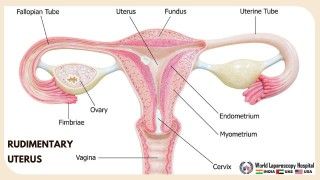Advantage, Disadvantage and Contraindication of Laparoscopic Surgery - Lecture of Dr R K Mishra
Add to
Share
1,961 views
Report
Description
Laparoscopic or “minimally invasive” surgery is where the surgeon makes a very small incision, often in the patient’s belly button, and uses this incision to insert a camera, called a laparoscope, into the abdominal cavity. The surgeon then looks at a television screen to perform the operation. Carbon dioxide, a nontoxic and odorless gas, is then used to create an air pocket within the abdomen for the surgeon to operate. There are many advantages of laparoscopic surgery compared with traditional surgery, which is performed through large incisions. Patients have much less discomfort and require less pain medicine. They are able to get up and walk around sooner and get back to their regular activities earlier. With long incisions, patients are usually restricted in their activities when they go home to prevent developing a hernia at the incision site. Hernias rarely occur at laparoscopic incision sites, so patients can exercise and lift a lot earlier. They are also less likely to develop wound infections because the incisions are so small. Because patients are able to get out of bed sooner they are less likely to develop blot clots or pneumonia than with traditional surgery. Patients undergoing bowel surgery are able to drink and eat earlier than in the past. After the incisions have healed the scars are almost invisible so patients don’t have to feel self-conscious at the beach or pool.
Similar Videos






